Image of 1926 Nash Special, Note: These illustrations use artistic license and may differ from actual historical models.
Performance Metrics
Fundamental Metrics
Emotional Appeal
MMP Rating
| Engine Specifications | |
|---|---|
| Engine Options: | Single engine option |
| Displacement Range: | 170 cubic inches |
| Horsepower Range: | Estimated 40-50 HP |
| Torque: | Not available |
| Compression Ratio: | Not available |
| Ignition System: | Battery and coil ignition |
| Cooling System: | Thermosiphon cooling system |
| Performance Specifications | |
| 0-60 Time: | Not available |
| 1/4 Mile Time: | Not available |
| Top Speed: | 50-55 mph |
| Transmission and Drive | |
| Drive Type: | Rear-wheel drive |
| Transmission Type: | 3-speed manual |
| Fuel and Efficiency | |
| Fuel System Type: | Carburetor |
| MPG: | Not available |
| Dimensions and Brakes | |
| Brakes: | Mechanical drum brakes |
| Wheelbase: | 112 inches |
| Weight: | Estimated 2,400 lbs |
Note: Specifications for classic cars are given to the best of our ability, considering the limited and variant data available.
1926 Nash Special: A Testament to Innovation and Elegance
The 1926 Nash Special emerges from the annals of automotive history as a shining example of early 20th-century ingenuity and style. Born from the ambitious vision of Charles W. Nash, founder of Nash Motors, this vehicle not only encapsulates the spirit of the Roaring Twenties but also heralds the dawn of modern automobile design. With a unique blend of luxury and performance, the Nash Special carved its niche in an era where cars began to symbolize freedom and status.
Design and Innovation
The exterior of the 1926 Nash Special was a canvas for artistry, featuring clean lines that exuded elegance and a sense of forward motion even at a standstill. Its chrome-accented radiator grille and gracefully arching fenders were hallmarks of its era, while the sturdy construction spoke to a commitment to quality. Inside, passengers were treated to an opulence that was rare for the time, with plush seating and meticulously crafted wooden accents.
Technologically, the Nash Special stood out with features like four-wheel brakes—a rarity among vehicles in its class—and an advanced electrical system that powered lights and the starter. Color options ranged from deep blues to rich maroons, with black remaining a perennial favorite for its timeless appeal. The most iconic body style was arguably the sedan, offering both comfort and practicality, making it a popular choice among discerning buyers.
Historical Significance
The 1926 Nash Special wasn't just another car on the road; it was a statement. It represented a shift towards vehicles that offered more than mere transportation—they offered an experience. The integration of advanced features set a new standard for what drivers could expect from their automobiles, influencing designs for decades to come.
Performance and Handling
Underneath its polished exterior, the Nash Special boasted commendable performance metrics for its time. While top speed and acceleration figures might not compete with today's machines, in its heyday, it delivered ample power to satisfy the needs of contemporary drivers. Handling was characterized by a sturdy yet comfortable ride, absorbing road imperfections with grace—a testament to its well-engineered chassis and suspension system.
Ownership Experience
Owners of the 1926 Nash Special typically reveled in its dual role as both a reliable daily driver and a coveted showpiece. Maintenance was straightforward by vintage standards, allowing owners to keep their prized possessions in pristine condition with relative ease. It's worth noting that while reliable for its time, upkeep could be considered more demanding by modern standards.
Fun Facts
The 1926 Nash Special has graced various historical moments and has been associated with celebrities of its era. While not known for breaking speed records, it held its own in terms of sales success and endurance. Criticisms were few but often pointed towards its heftier price tag when compared to some contemporaries.
Collector's Information
Today, the 1926 Nash Special is a cherished piece for any collector lucky enough to acquire one. With production numbers not as high as some mass-produced models of its time, it's estimated that only several thousand units were made. As for value range, pristine examples can fetch anywhere from $20,000 to $50,000 or more at auction depending on provenance and condition—reflecting an appreciation in value over time.
Conclusion
The 1926 Nash Special stands as more than just an automobile; it's a testament to an era where cars became an extension of one's personality and social standing. With its blend of luxury features, commendable performance, and distinctive styling, it remains an enduring symbol of early automotive excellence.
1926 Nash Special Catalog of Parts
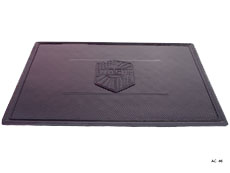 1926 Nash Special Accessory Floor Mat - 12"X17"-AC 46Accessory Floor Mat - made of high quality black rubber with molded original emblem. Also designed to be sewn into new carpets. 12"X17", Each
1926 Nash Special Accessory Floor Mat - 12"X17"-AC 46Accessory Floor Mat - made of high quality black rubber with molded original emblem. Also designed to be sewn into new carpets. 12"X17", Each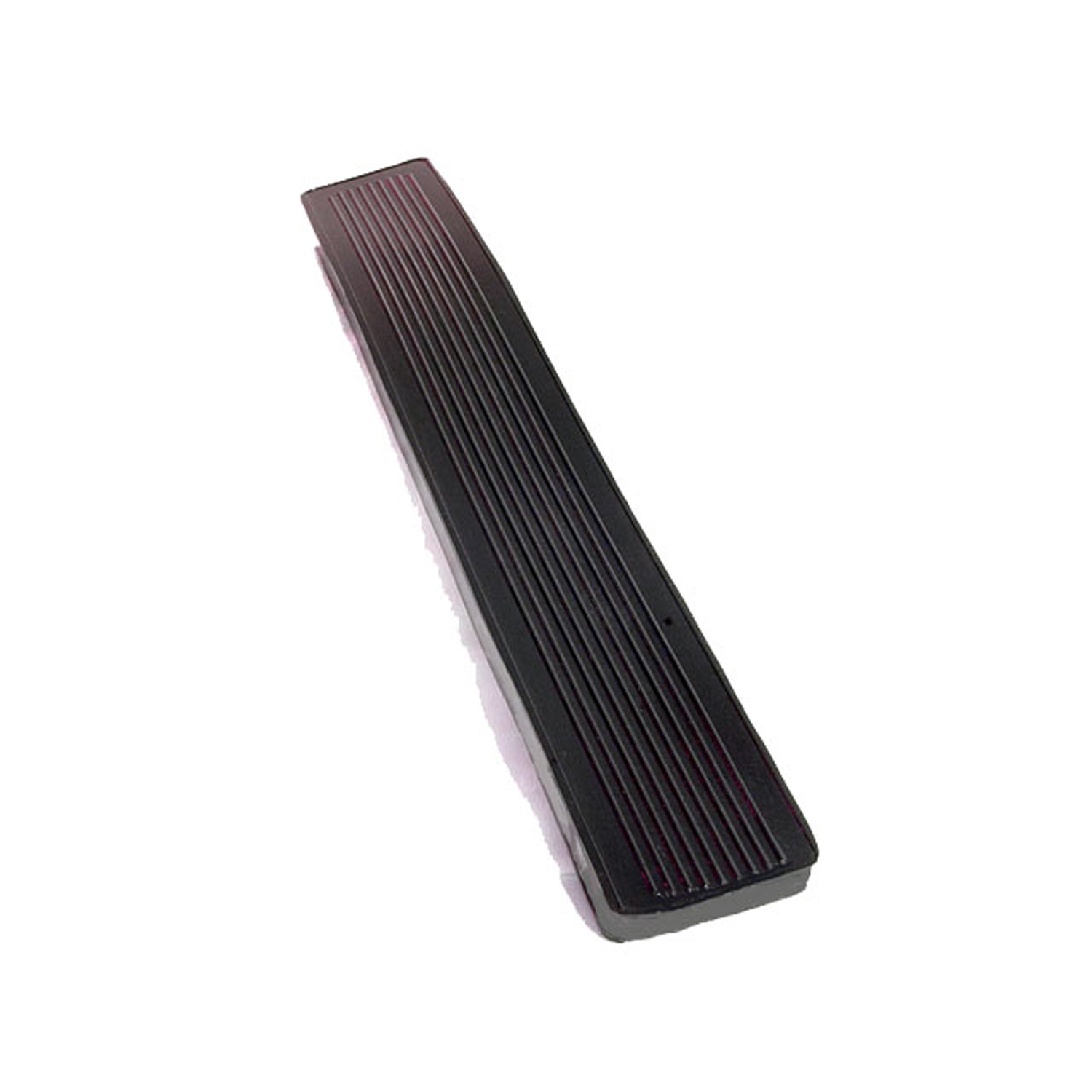 1926 Nash Special Accelerator Pedal Pad, 1-1/2" X 9-3/4", Each-AP 21Accelerator Pedal Pad, 1-1/2" X 9-3/4", Each
1926 Nash Special Accelerator Pedal Pad, 1-1/2" X 9-3/4", Each-AP 21Accelerator Pedal Pad, 1-1/2" X 9-3/4", Each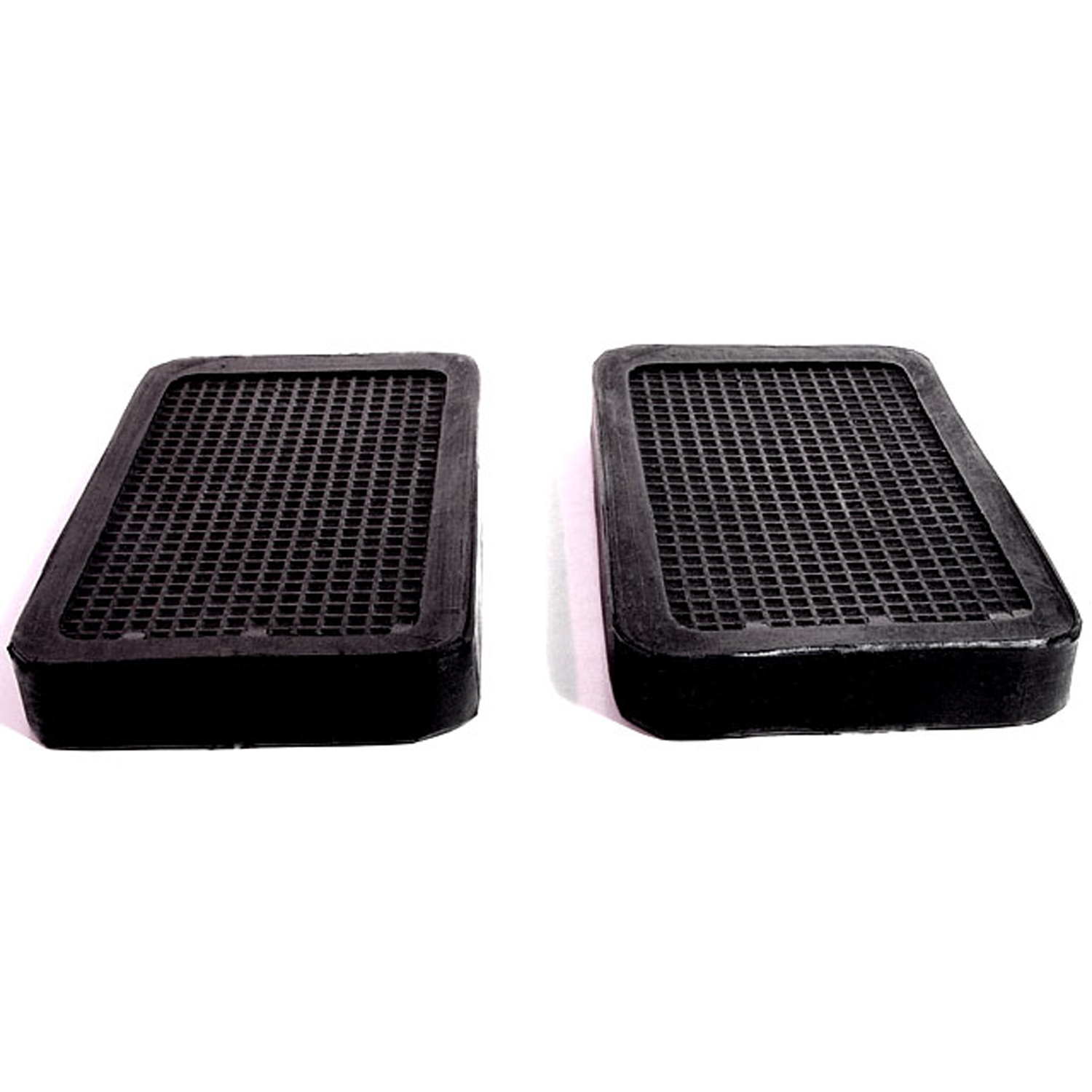 1926 Nash Special Clutch and Brake Pedal Pads. 2-1/4" wide X 4" long. Pair-CB 20Clutch and Brake Pedal Pads. 2-1/4" wide X 4" long. Pair
1926 Nash Special Clutch and Brake Pedal Pads. 2-1/4" wide X 4" long. Pair-CB 20Clutch and Brake Pedal Pads. 2-1/4" wide X 4" long. Pair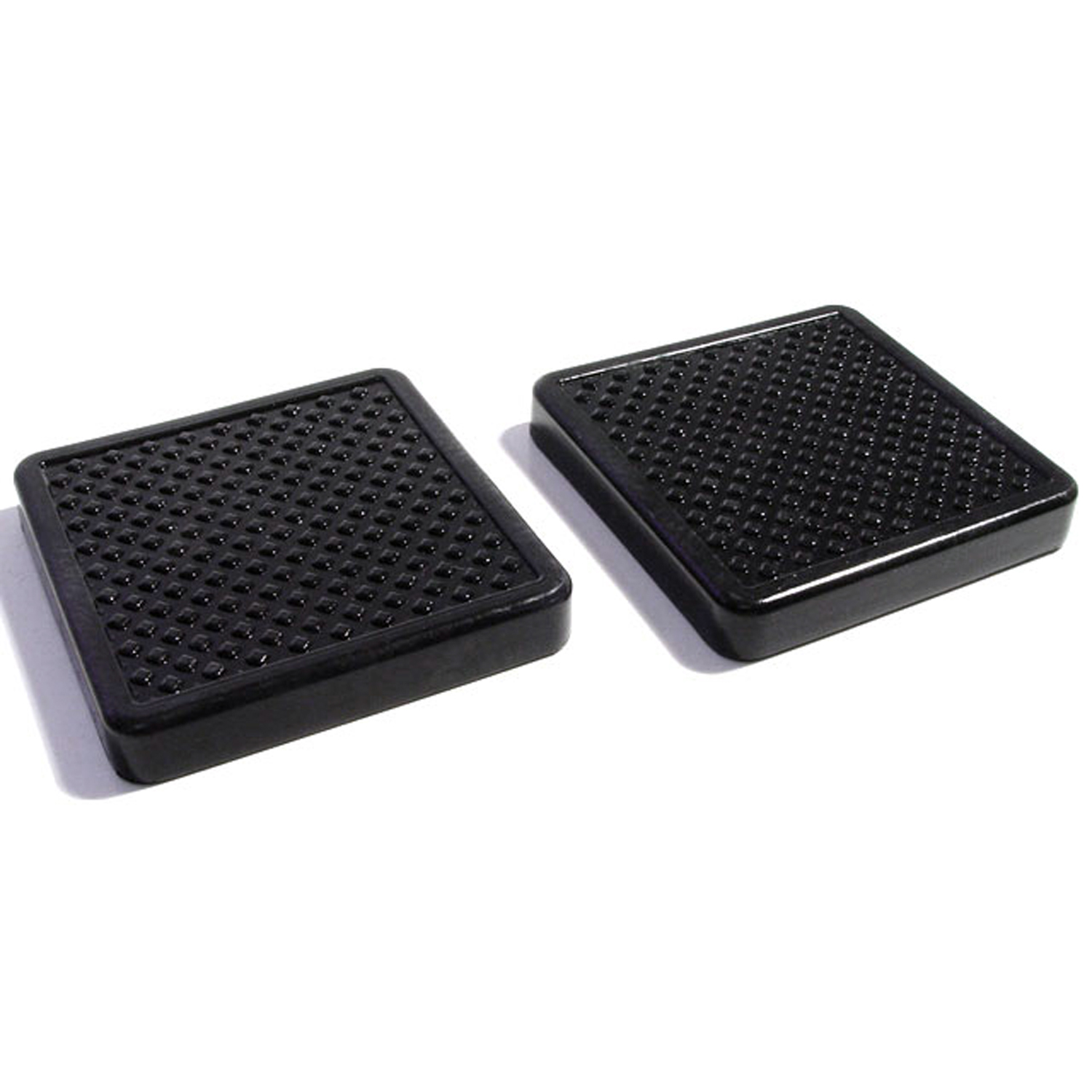 1926 Nash Special Clutch and Brake Pedal Pads. 3" wide X 3" long. Pair-CB 47Clutch and Brake Pedal Pads. 3" wide X 3" long. Pair
1926 Nash Special Clutch and Brake Pedal Pads. 3" wide X 3" long. Pair-CB 47Clutch and Brake Pedal Pads. 3" wide X 3" long. Pair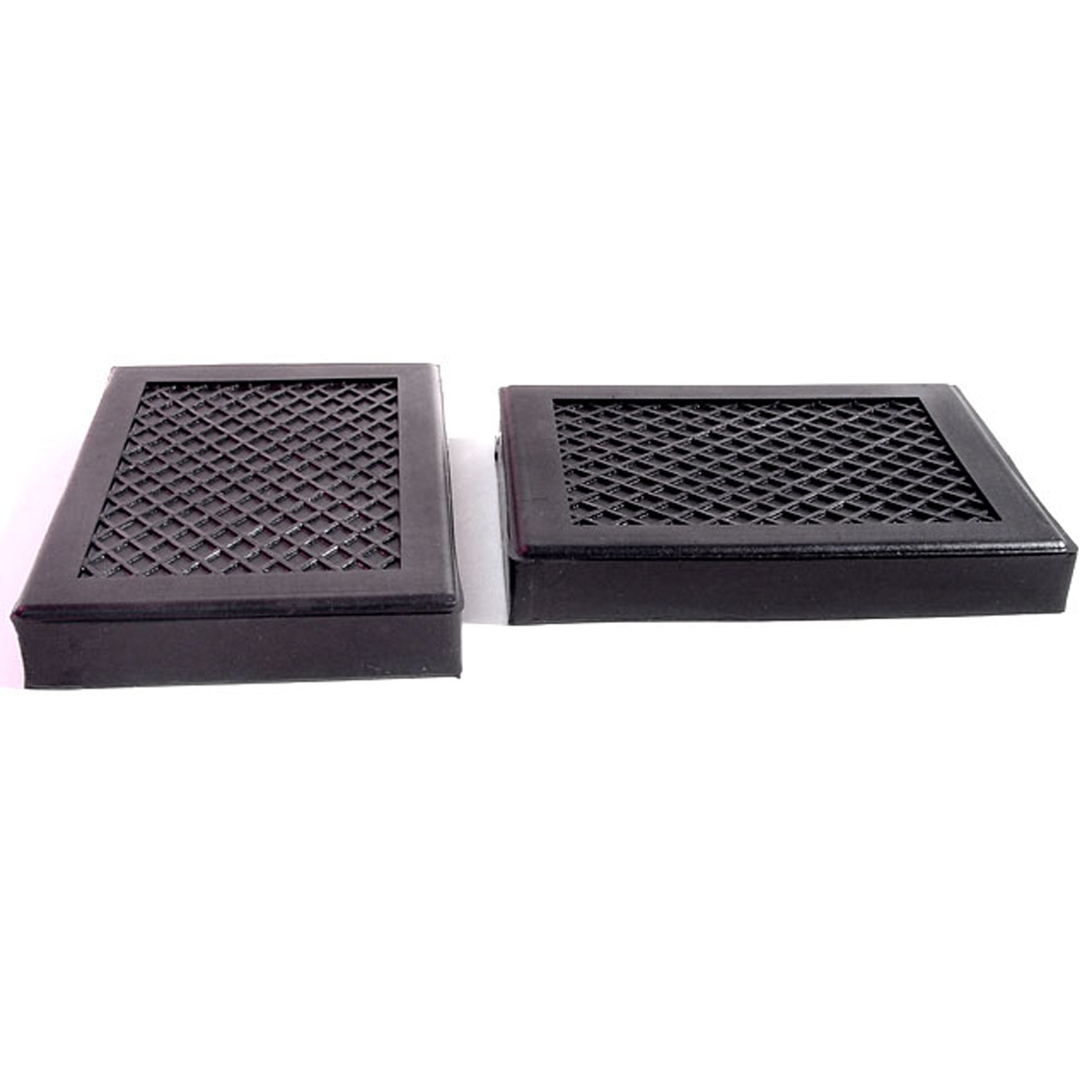 1926 Nash Special Clutch and Brake Pedal Pads. 2-3/4" wide X 3-7/8" long-CB 48Clutch and Brake Pedal Pads. 2-3/4" wide X 3-7/8" long. Pair
1926 Nash Special Clutch and Brake Pedal Pads. 2-3/4" wide X 3-7/8" long-CB 48Clutch and Brake Pedal Pads. 2-3/4" wide X 3-7/8" long. Pair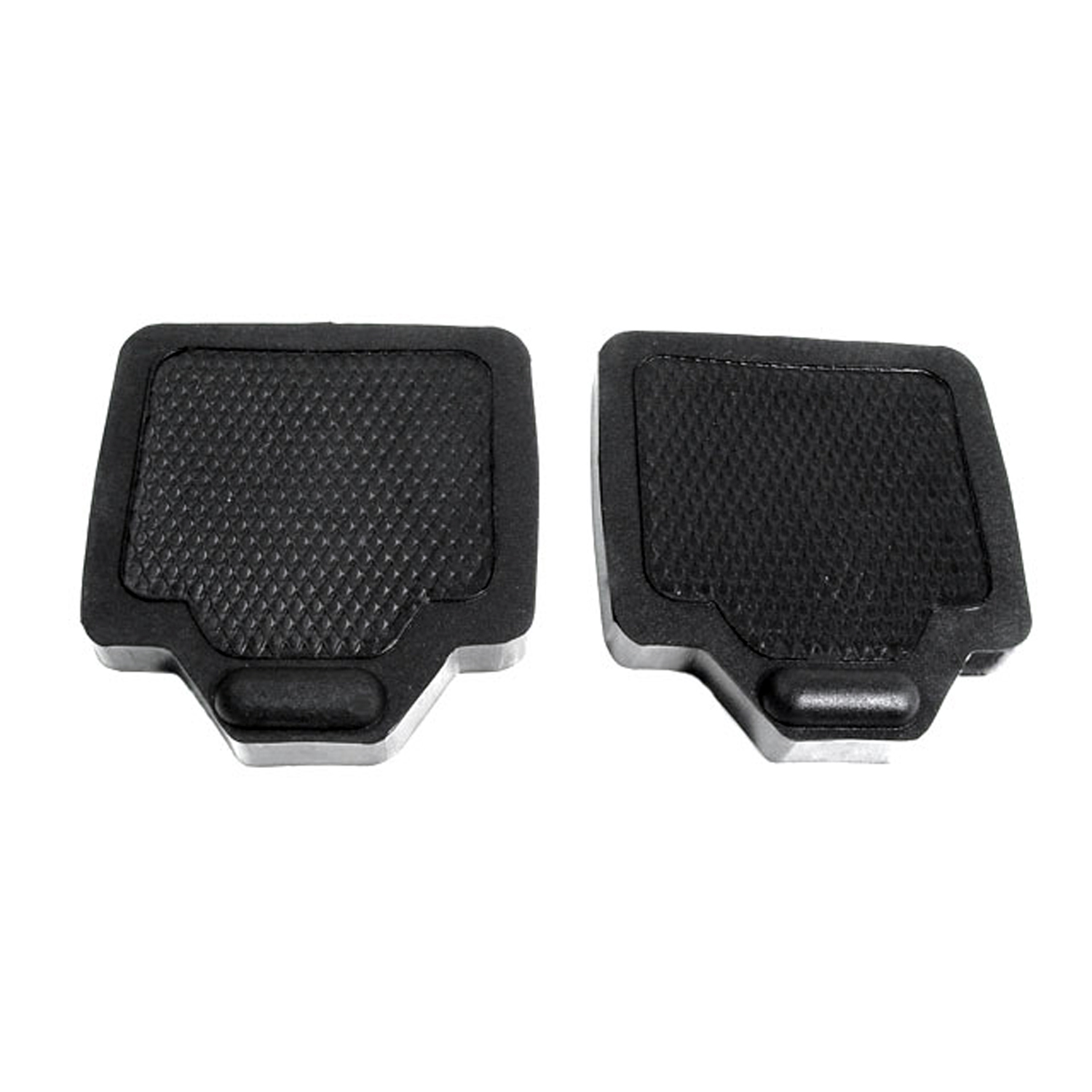 1926 Nash Special Clutch and Brake Pedal Pads. 3-1/2" wide X 3-7/8" long-CB 55Clutch and Brake Pedal Pads. 3-1/2" wide X 3-7/8" long. Pair
1926 Nash Special Clutch and Brake Pedal Pads. 3-1/2" wide X 3-7/8" long-CB 55Clutch and Brake Pedal Pads. 3-1/2" wide X 3-7/8" long. Pair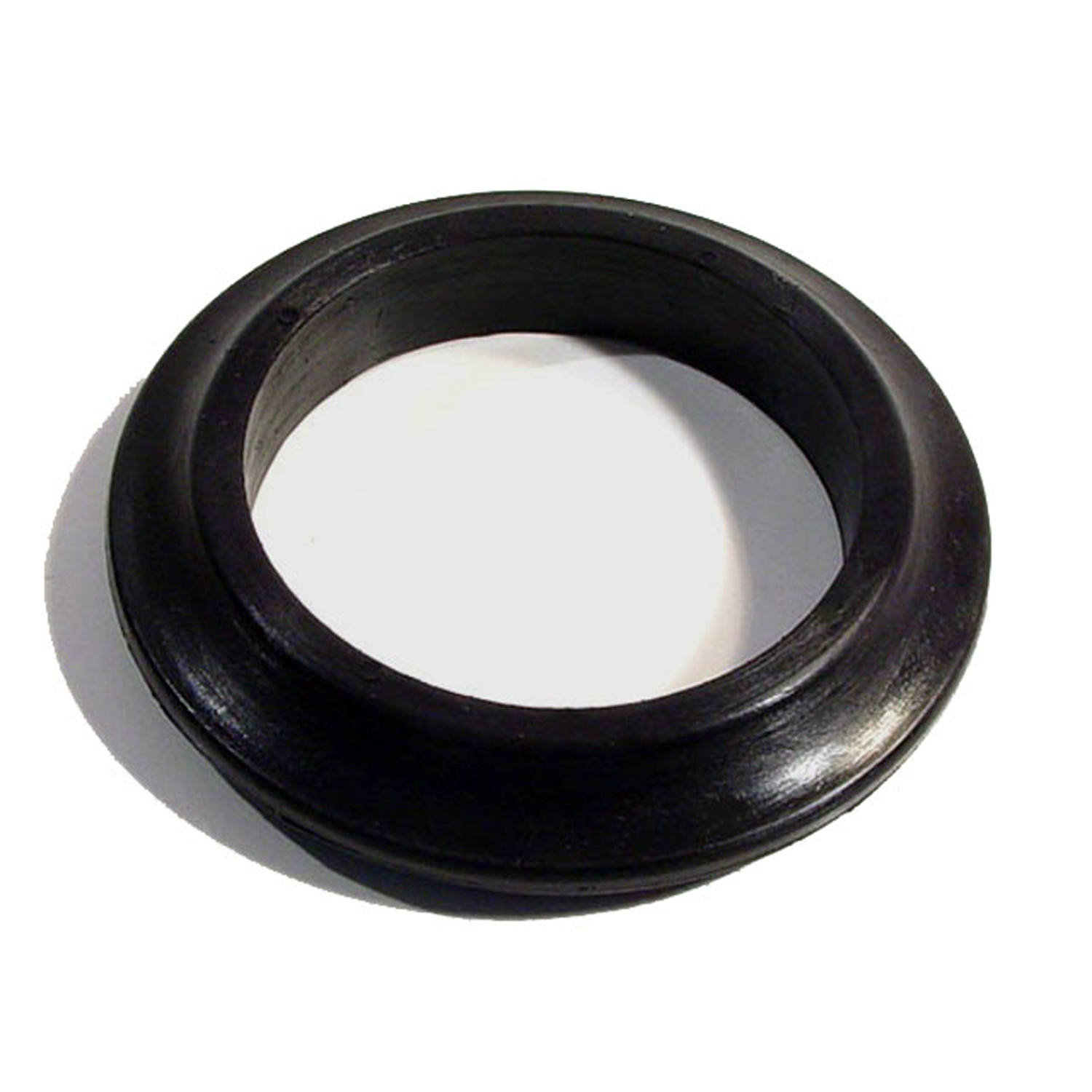 1926 Nash Special Gas Filler Grommet. 2-1/4" I.D., 3-5/16" O.D. Each-GF 21Gas Filler Grommet. 2-1/4" I.D., 3-5/16" O.D. Each
1926 Nash Special Gas Filler Grommet. 2-1/4" I.D., 3-5/16" O.D. Each-GF 21Gas Filler Grommet. 2-1/4" I.D., 3-5/16" O.D. EachWhy Choose Metro?
For over 100 years, Metro Moulded Parts has been the pinnacle of quality in classic car restoration parts. Our commitment to precision and authenticity in every component ensures a perfect fit and an OEM-level appearance.
- Expert Craftsmanship & Quality: Each part is a testament to our dedication to reliability and perfection, crafted from original designs and thoroughly tested.
- Advanced Technology: We use cutting-edge techniques to create flawless, long-lasting parts that surpass others in performance.
- SuperSoft Sponge – The Ultimate Door Seal: Not only are our door seals 30% softer than competitors', but they're also guaranteed to never leak. They effectively reduce wind and road noise, enhancing your classic car's comfort and driving experience.
- Proudly American: Our parts are a product of American craftsmanship, made in the USA with a spirit of excellence and heritage.
- Unrivaled Warranty: We back our products with a 30-year industry-leading warranty, a testament to our confidence in their quality.
Join us in preserving the legacy of classic cars with parts that are crafted for perfection, not just made.

